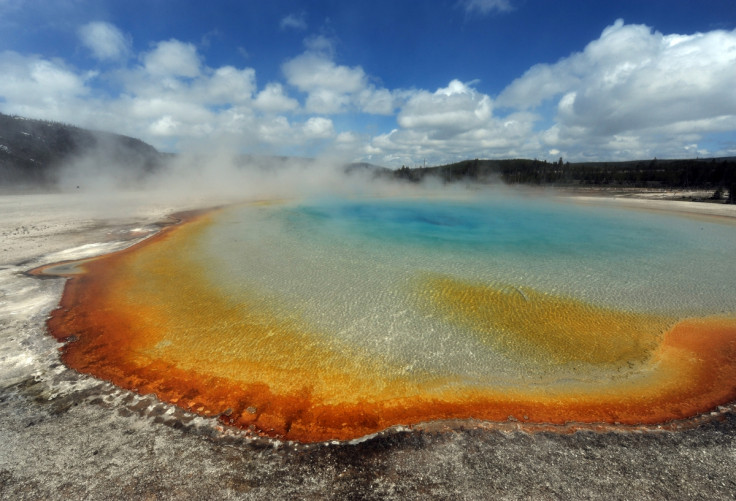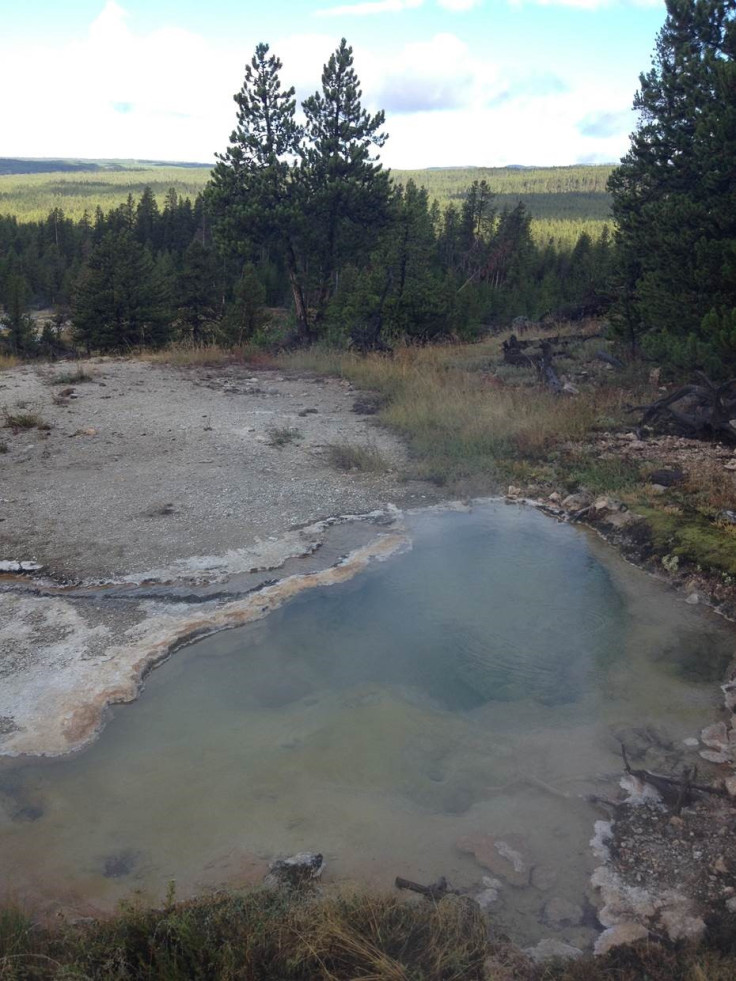God of the underworld microbes Hadesarchaea discovered living on toxic gas deep below Yellowstone hot springs

A new species of microorganism has been discovered, and it lives several kilometres underneath the surface of Yellowstone hot springs, at 70 degrees Celsius. The new species – Hadesarchaea – survives without any light or oxygen, and lives off the toxic gas to humans, carbon monoxide.
The microbes were first discovered in Yellowstone National Park, and in a North Carolina estuary, just 1.5m underwater; showcasing the broad range of different environments they can thrive in. The scientists report in the journal Nature Microbiology, that Hadesarchaea survive by changing carbon monoxide and water into carbon dioxide and hydrogen, to act as an energy source.
"This new class of microbes are specialised for survival beneath the surface, so we called them 'Hadesarchaea', after the ancient Greek god of the underworld," said Brett Baker, lead author of the study from Uppsala University in Sweden.
Baker's colleague, Thijs Ettema, added: "The discovery of the Hadesarchaea will help us increase our understanding of the biology and lifestyle of archaea that thrive in the deep biosphere."
To find their results, the research team collected samples from two sites in 2010; White Oak River in North Carolina, and the Lower Culex Basin in Yellowstone National Park.

Genomic analyses of both samples led the researchers to identify the organisms as members of the Archaeal kingdom – a relatively un-researched group of organisms. Archaea can be extremely broad in terms of their characteristics – even wider than the difference between humans and a rose bush.
The study team discovered that these microorganisms managed to survive in Yellowstone – without oxygen, in 70 degrees Celsius heat, and in a very alkaline environment – by converting the oxygen from carbon monoxide to carbon dioxide. This is unique to any archaea researched previously, and therefore justified a new species being created – Hadesarchaea.
"Before this essentially nothing was known about the Hadesarchaea's ecological role and what makes them so prominent throughout the world," said Jimmy Saw, co-author of the research. "The new discovery expands our knowledge of how these organisms may have adapted to the extreme conditions of the deep biosphere."
Archaea were only officially discovered in 1977, by Carl Woese. They are generally found in extreme environments, although they are a wide branching group of organisms and can be found almost anywhere.
© Copyright IBTimes 2025. All rights reserved.






















